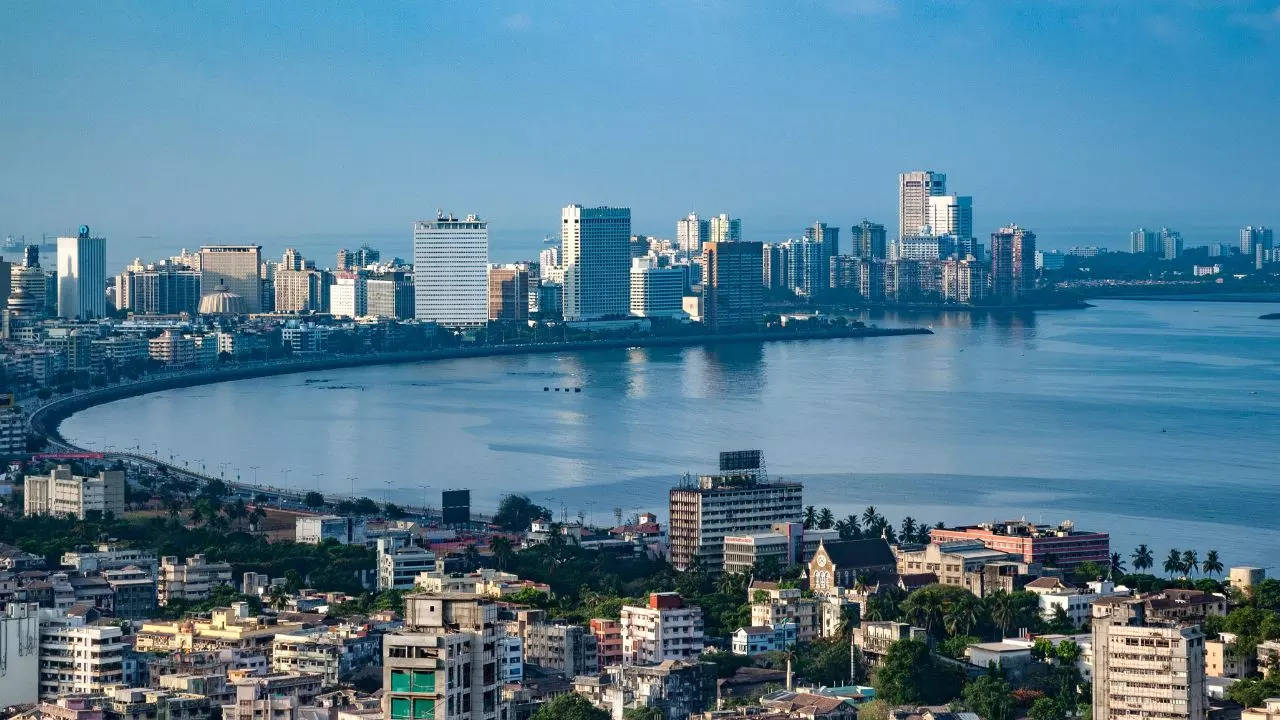Mumbai: Proposed Rs 2.4 Crore Khar East-West Elevated Connector Cancelled, Here's Why
The cancellation of Mumbai's proposed Rs 2.4 crore Khar East-West Elevated Connector stems from objections raised by local residents over its design.

Representational Image
Photo : Times Now
Mumbai: Bandra West MLA Ashish Shelar announced on Friday the cancellation of the proposed elevated east-west connector over Khar subway. This decision follows objections raised by local residents regarding the design of the Rs 2,400-crore project.
A delegation of concerned residents met Shelar to express their opposition to the planned elevated road. Shelar informed the delegation that he had scrapped the project after consulting with the chief minister, deputy CM, and BMC commissioner. The decision comes in response to residents' demands and concerns highlighted in news reports and citizen welfare associations.
Why Did the Residents Oppose?
Initially planned in two phases, the Khar flyover aimed to connect Khar subway on the west to Bandra Terminus in the east, passing over densely populated residential areas. However, residents objected to the revised landing site, which shifted from Western Express Highway (WEH) to a narrow road in Santacruz East, as reported by TOI.
Khar activist Anandini Thakoor talked about how the proposed project would not alleviate traffic congestion and advocated for exploring alternative solutions to improve east-west connectivity.
Taking to social media, Shelar stated, "A delegation of the Khar Residents' Association met me and expressed their objection to the proposed design of the Khar East-West Elevated Bridge project." He highlighted flaws in the project and successfully advocated for its cancellation after discussions with BMC officials and state leaders.
Trivankumar Karnani, spokesperson of citizens' welfare forum @MNCDFBombay, welcomed the decision, noting that the project's flawed design did not align with Development Plan 2034.
The cancellation of the project reflects a victory for residents' concerns and underscores the importance of community engagement in urban development initiatives.
Trending:
End of Article
Subscribe to our daily Newsletter!
Related News





Mumbai Weather: Pre-Monsoon Rain Likely in Maharashtra, Here's What Forecast Says

Mumbai Water Cut News: Taps to Go Dry Southern Parts of City on May 11; Check Affected Areas

'Near Death Experience': IndiGo's Delhi to Mumbai Flight Faces Landing Issue at CSMIA

Yoga Teacher's Tinder Heartbreak: Man Swindles Her of Rs 3.36 Lakh

Mumbai-Pune Expressway: Why Locals Fear The Route Amid Intense Heat?









